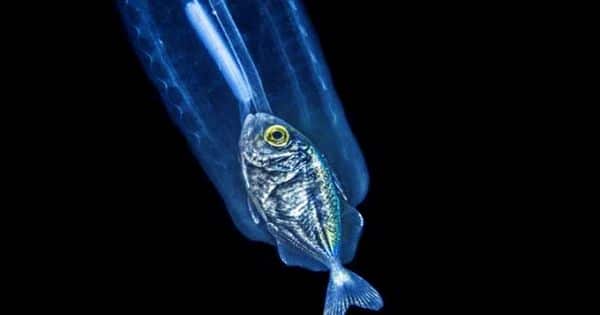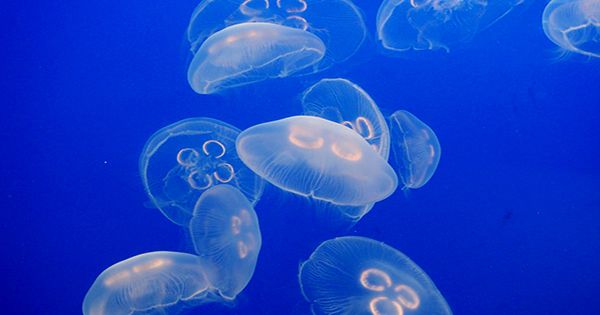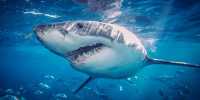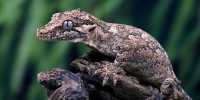Salps are arguably one of the strangest creatures flowing around our ocean. They are not jellyfish, even after seeing something like them (a fish inside a jellyfish is a whole other problem) and are actually more closely involved with humans than jellyfish.
As tunicates, they feed on plankton and spend their lives sucking seawater into the oral siphon, pushing it through a driver-like structure (to wrinkle the jam) before expelling the other end, known as the atrial siphon. Certain images on the internet (included above) may convince you that they ate fish, but these juvenile animals probably intentionally shaking inside the gelatinous blob. This may sound like a death wish, but a safe place to hang out inside the salt is if you are just a goatfish (some of which run jellyfish).

Similar scenes captured on camera by pelagic biologists and submarine photographers Sarah Mattie and Jeff Milisen, who also caught a fish inside the loot. They told IFLScience, “These larvae hide in fish wherever they can get out of the empty pelagic Sea and a salt makes a food a great home, especially when blinded by a strobe!” The defense strategy is not alone in using the body of an animal as a cover. Pearlofish are fans of haunting the intestines of other sea creatures – quite literally – as they seek protection in the bathtubs of sea cucumbers (who pop five Eiffel Towers for coral reefs every year – do not you know?). You can shake up this kind of idea, but – as the footage below shows – it is free real estate.
Unfortunately for the Salts, the terrifying-cat fish are not only trying to rise above their critics, as parasites it is horribly thought that the alien film that inspired them seems to be found inside them as well. Parasites famously enjoy the interior of other living things, accepting them without returning them, which is not reciprocity.
The parasite effectively creates a salt epicenter, using its siphon system to travel to the sea to pick up snacks. Although the soft floating balls are goose bumps, the shorts are not always so majestic and have recently formed quite a bit of kerfuffle in the waters off the coast of South Korea. In the absence of anarchy, (this would be an extension to protect the given slander), they jammed the cooling system for two reactors at a nuclear power plant in the country and stuck to nuclear power.















